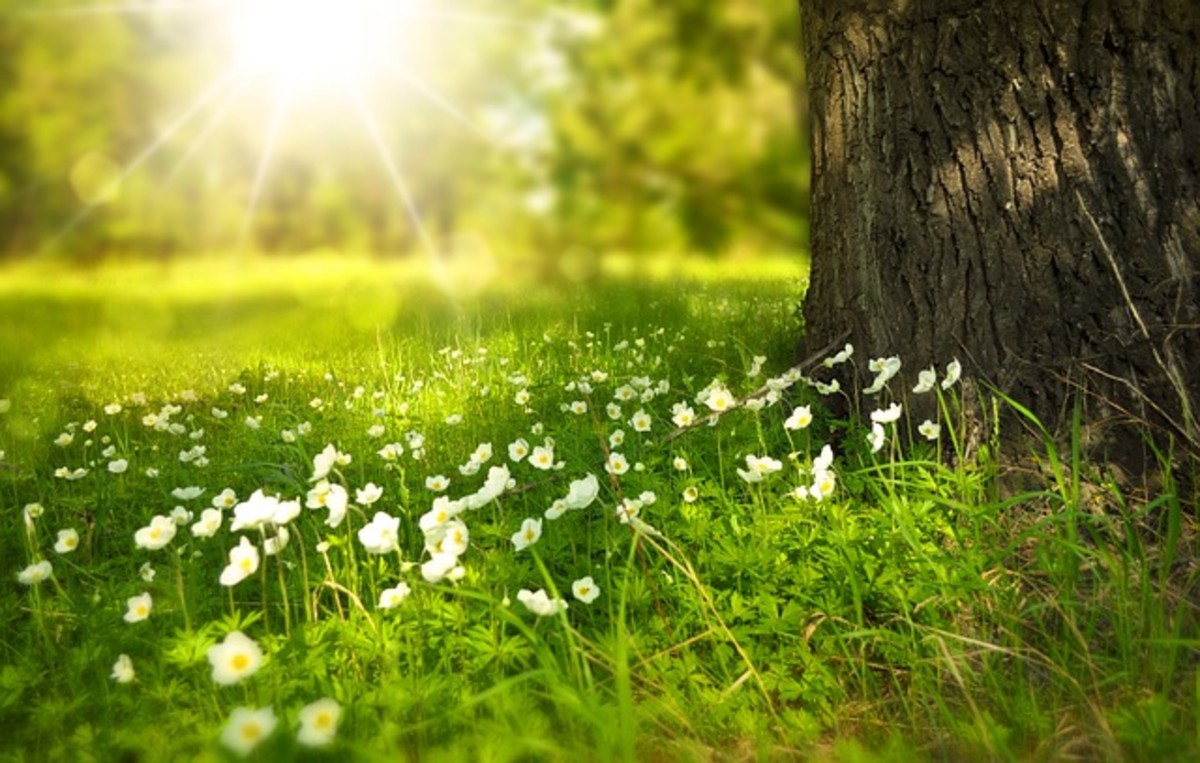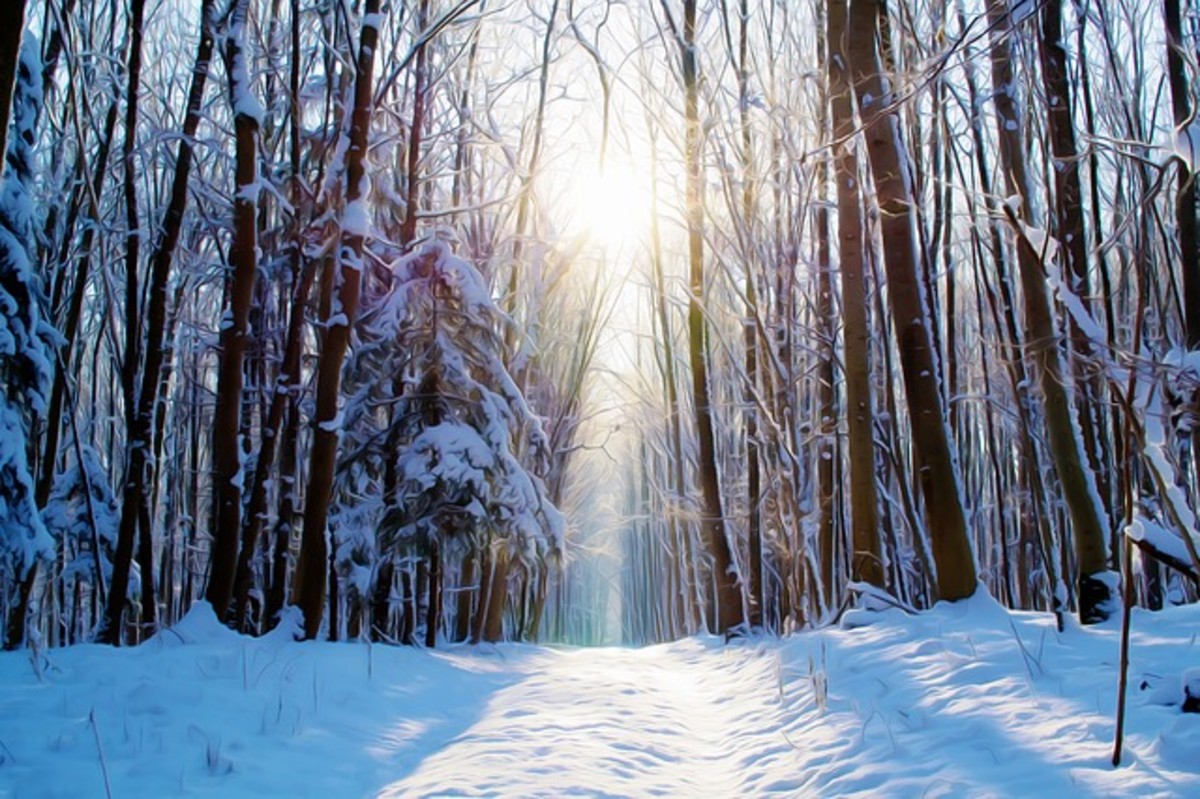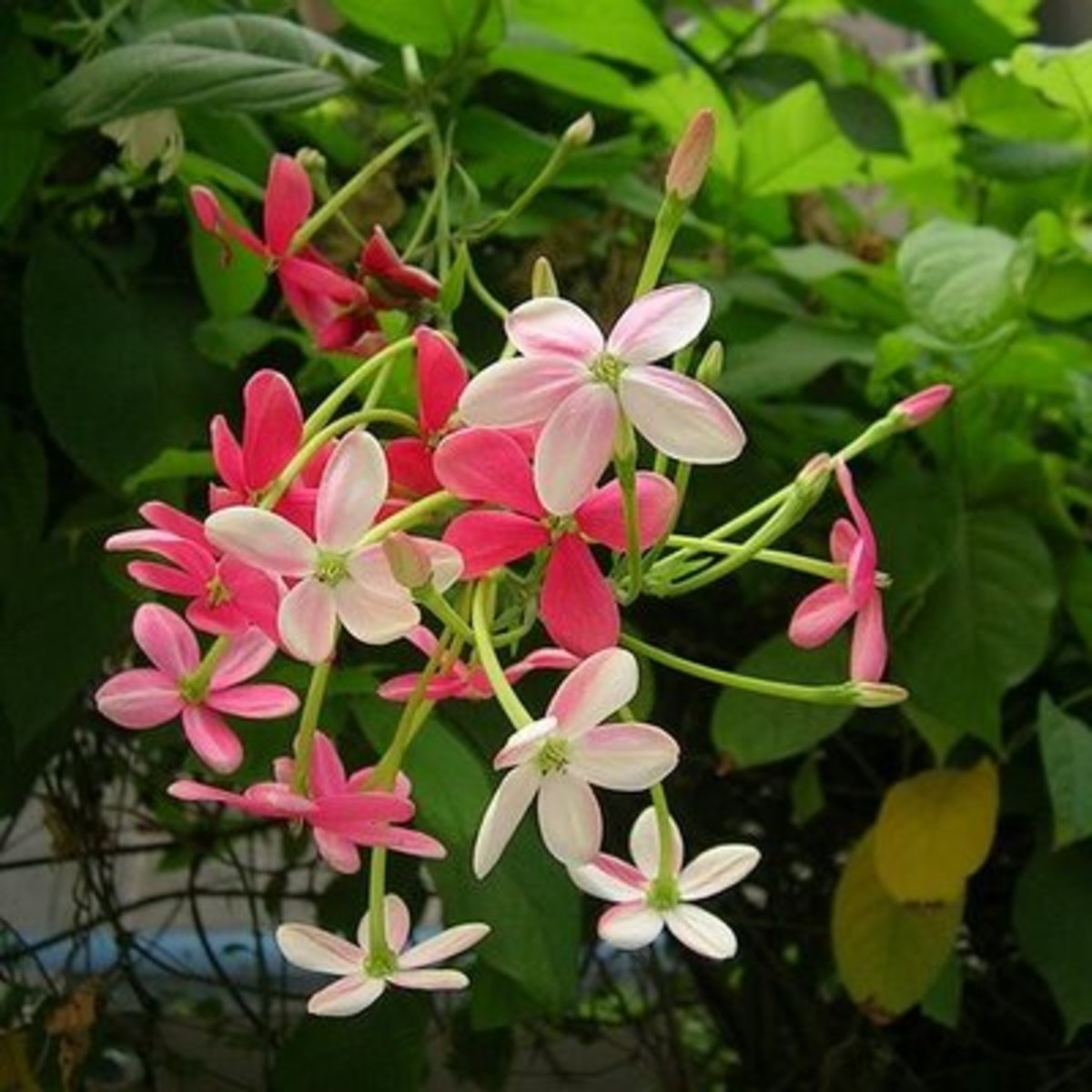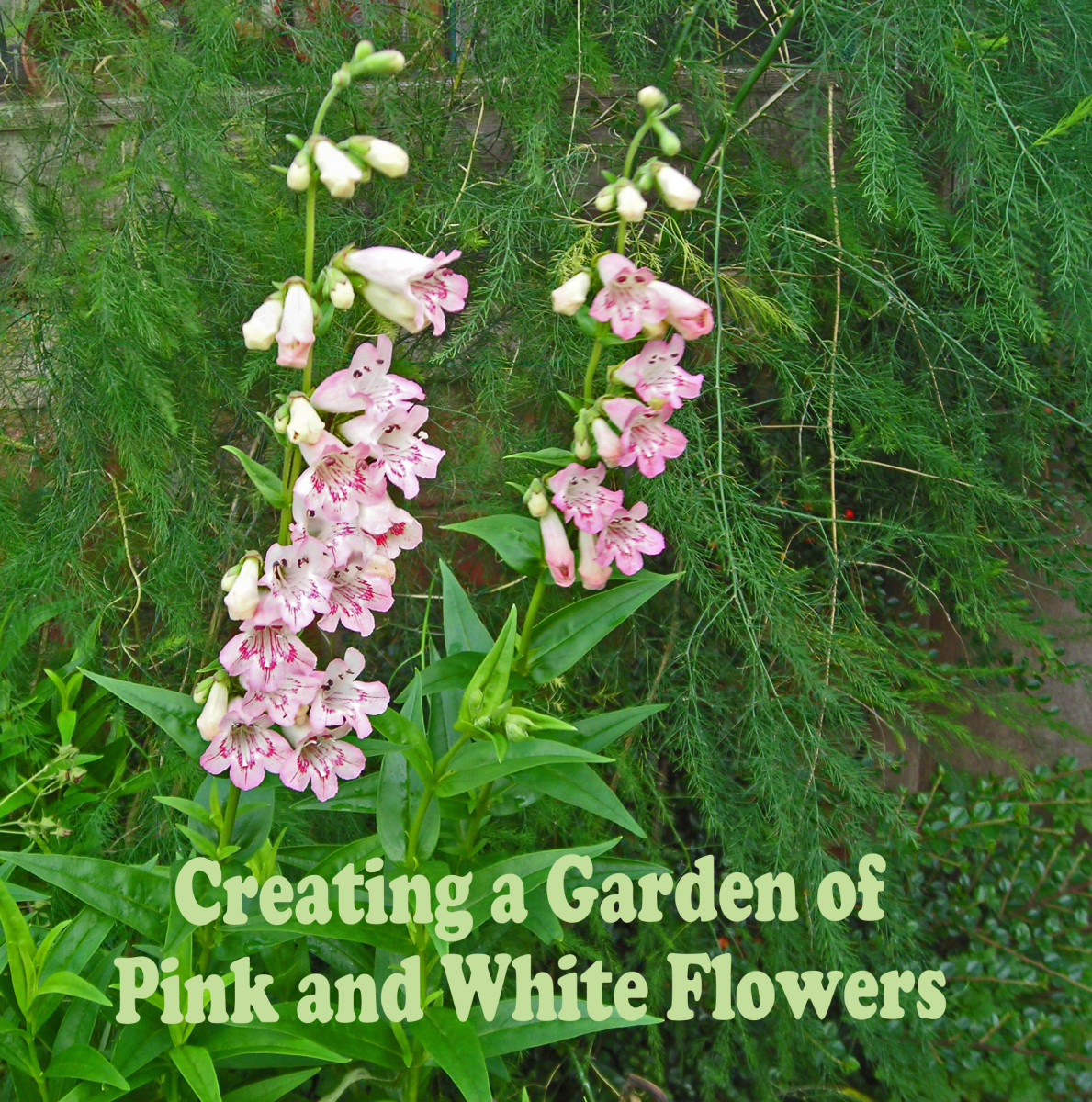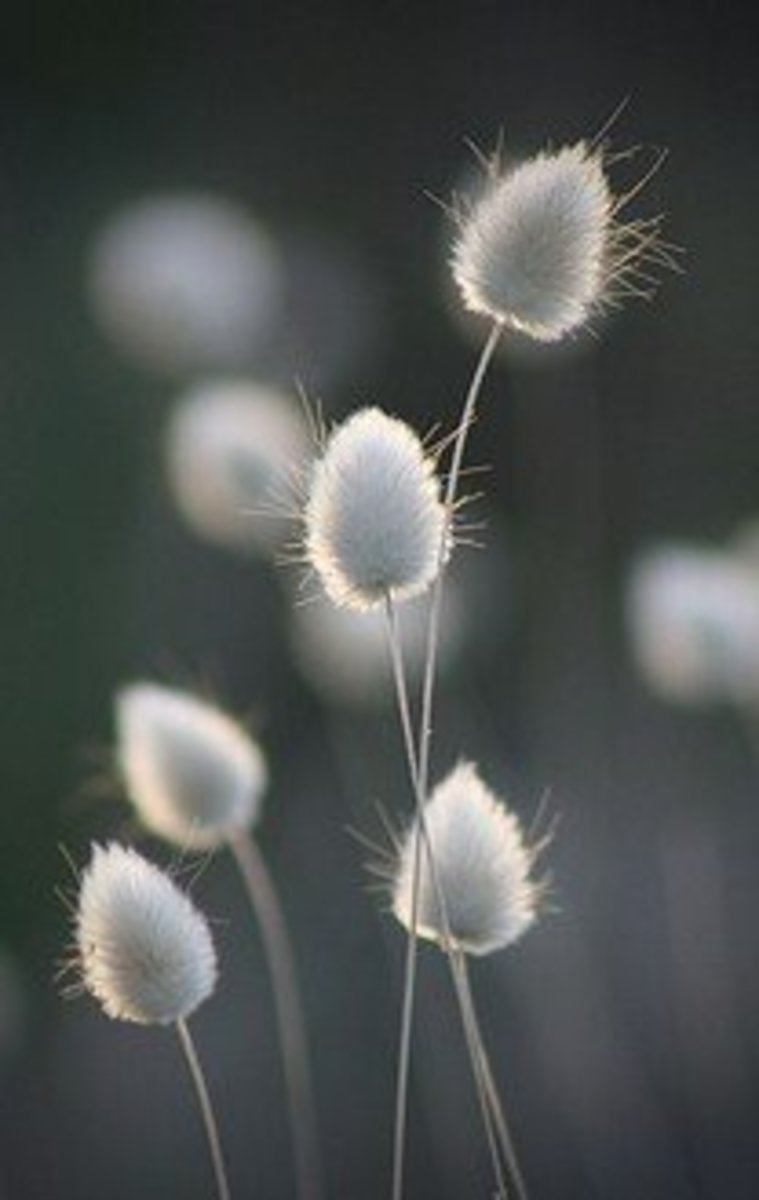Winter Solstice Florida Style
text and photography by lmmartin
December 22, 2012
The early morning sun peeks through the forest, illuminating the Spanish moss that droops from the huge live oak standing in the front of my house. My Celtic-heritage-influenced imagination has dubbed this the "Guardian Tree," for it does give the impression of protecting my home with its branches spread out over the roof -- and does -- from summer heat, though my insurance company would much rather I cut those branches off. (Which I won't! Sacrilege!)
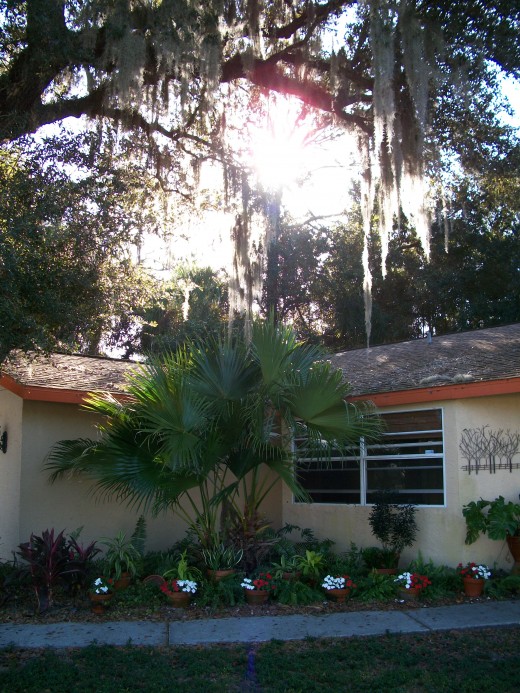
Celebrating the Winter Solstice with Mother Nature
A couple of years ago, enduring yet another Canadian winter, I could never have imagined I'd one day celebrate the winter solstice by transplanting, repotting, weeding, dividing and planting these lovely subtropical and tropical plants (shoveling a lot of snow, more like.)
But here I am, basking at 84 F on this incredibly beautiful day, listening to the occasional cicada roused from his hibernation by the sun and still in love with my Florida garden.
I'd spent most of yesterday -- an unexpected day off -- working at those tasks, then rose early this morning, officially the first day of winter to photograph the results.
(In order to orient yourselves to this and the photographs to follow, my house faces north and the above picture is the front, facing east. Below is the front garden by the path to my door. It's far too nice out here to go inside, so come for a little tour and spend the Winter Solstice with me.)
Would you like a closer look at this bed?
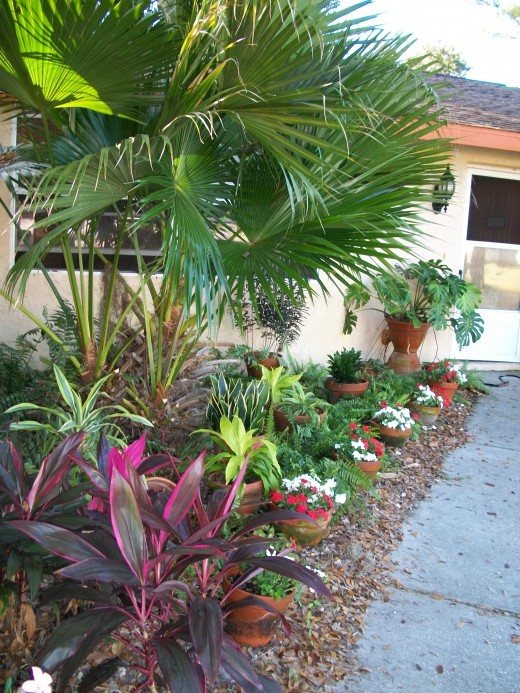
Pots?
Why, you ask, are so many of these plants in pots?
Three reasons:
- This area, like much of coastal southern Florida, has terrible soil -- which you might have trouble believing, considering the impenetrable forest all around us, but it's true. Crushed coral sand, that's it. The fertile mat of leaf-litter and decaying matter is only an inch or two thick, and the porous sub-strata means that water filters through at an amazing rate, carrying the nutrients away with it. Unless the plants are native to the area like this beautiful palmetto, or desert flora, or drought hardy like the ferns (amazingly hardy for such delicate looking things) you'll run up one heck of a water bill trying to keep them alive, so a container with nice black, fertile soil is the best answer.
- Protection! There are mean and destructive critters living in Florida's soil -- nematodes and creepy crawly things that love to eat delicate young feeder roots and larger menaces, like moles. And an armadillo out hunting insects can uproot an entire garden of young things in one night. Much better to protect the soft little aliens in a sturdy container.
- Frost! Yes, even here along the Gulf Coast and this far south, occasionally a norther blows in and we can get sub-freezing temperatures, usually in the wee-hours of the morning. All it takes is a couple of hours to destroy these lovely plants. I use pots so that when the weather man announces frost weather -- and he will; frost is a big occasion in South Florida -- I can move them into the garage for the night. (My aching back!)
So that's why I use so many pots.
Here are some of the plants in this bed.
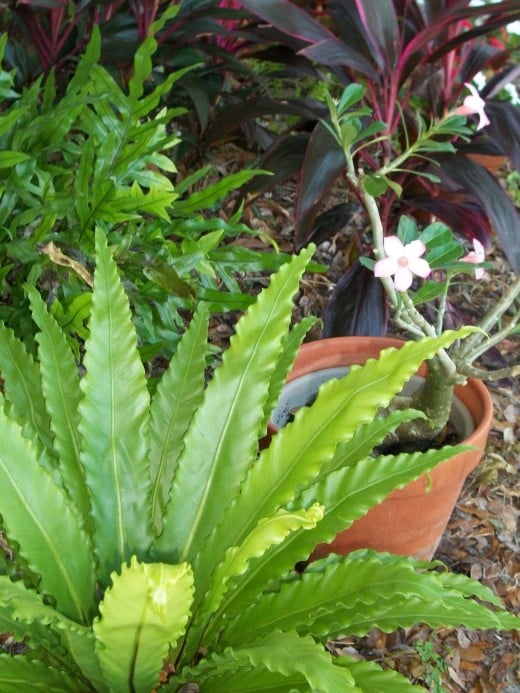
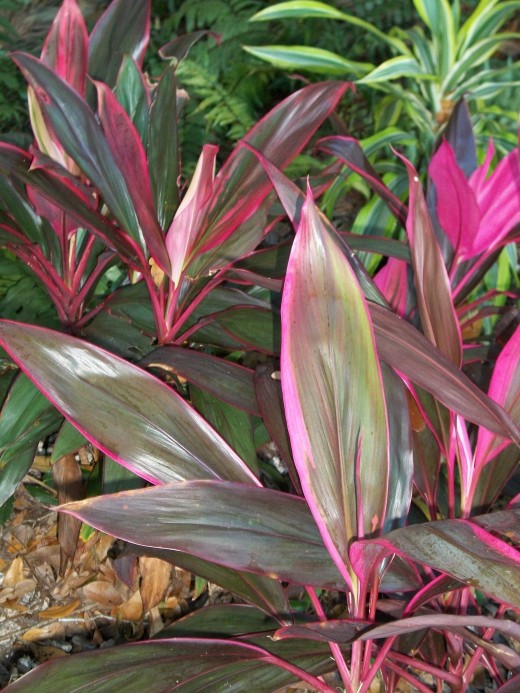
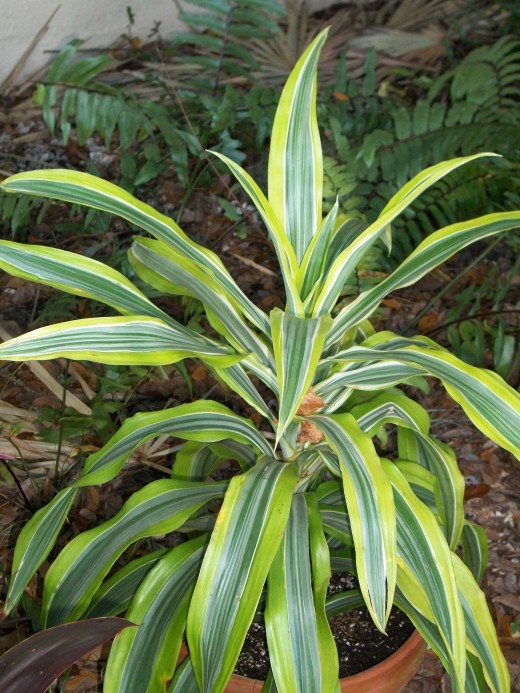
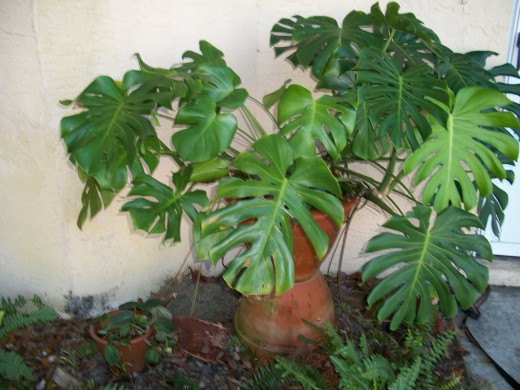
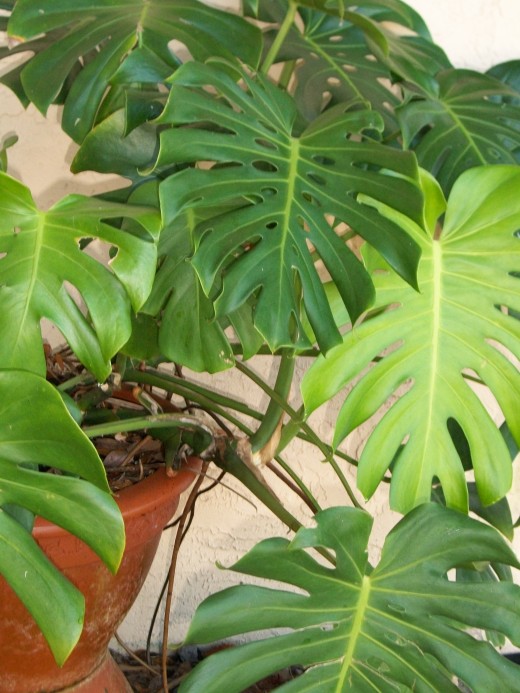
Out of the pot and into the ground
By the time the plants are too big for their pots, they are strong enough to survive these dangers, with thicker fibrous roots to foil the would-be predators, with tap roots long enough to make watering feasible and affordable, and though they will die back in frost, they are hardy enough to come back again.
This front garden, with all these pots and filtered light is a nursery for the rest of the garden. They will go from their protected and cossetted existence here to take their chances in nature in a few years. And then, I can buy new babies to raise...
This is Florida -- one must grow citrus
Yes, I have citrus trees. Two came with the house, though they were a sickly pair when I started. This year, for the first time, they bore fruit. (Orientation: the citrus trees grow on the western side of my house.)
Growing citrus is not as easy as one would think. They are prone to many diseases and pests, and because Florida's citrus industry is so important to our economy, there are laws requiring treatments and prevention which should be followed -- or the citrus police will get you! (Only joking.)
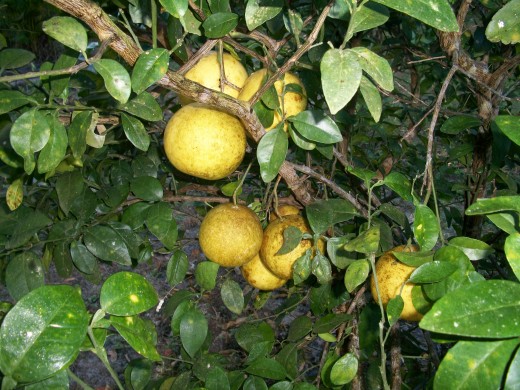
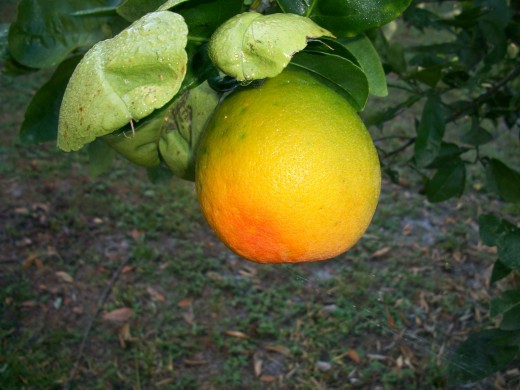
Certainly, fresh fruit from your own tree is one benefit of growing citrus, but not the only one, and to my mind not the most important.
What is the other? The flowers! There is no describing the beauty and the fragrance of a citrus tree in bloom. Won't be long before they flower again. I promise to take pictures and share.
This spring, I plan to add a lime tree to the tiny orchard. I love limes, and those I've received from my friend's gardens have been delightfully juicy and almost sweet. Again, until you've tasted fruit straight from the tree... Well, let's just say what you find in the supermarket is a poor counterfeit.
A desert with a rainy season
A few years ago, when I came to Florida to buy a house (another story worthy of its own hub) and found this one -- it was love at first sight due to the forest, the privacy, the quiet and the simplicity of the house -- I thought to prepare myself for my future gardening endeavors by buying some books on Florida horticulture.The preface to one book summed up the challenges in one sentence:
"Florida is basically a desert with a rainy season."
Come see my little desert. (We are now facing south.)
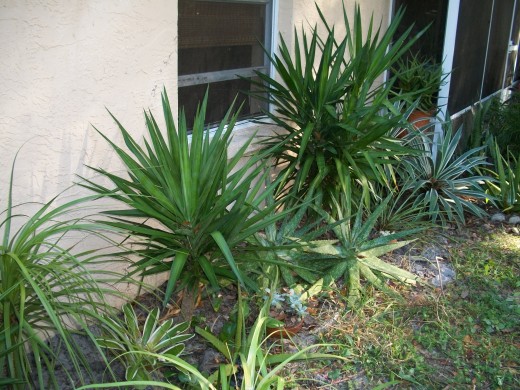
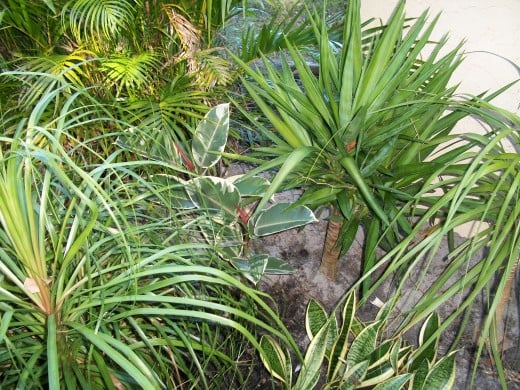
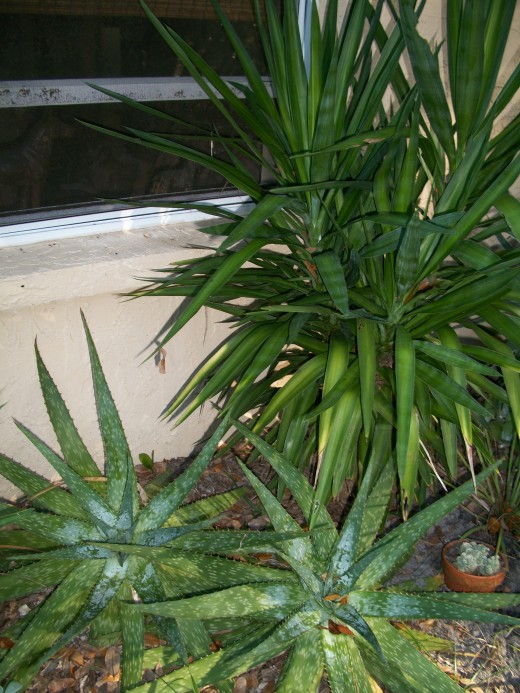
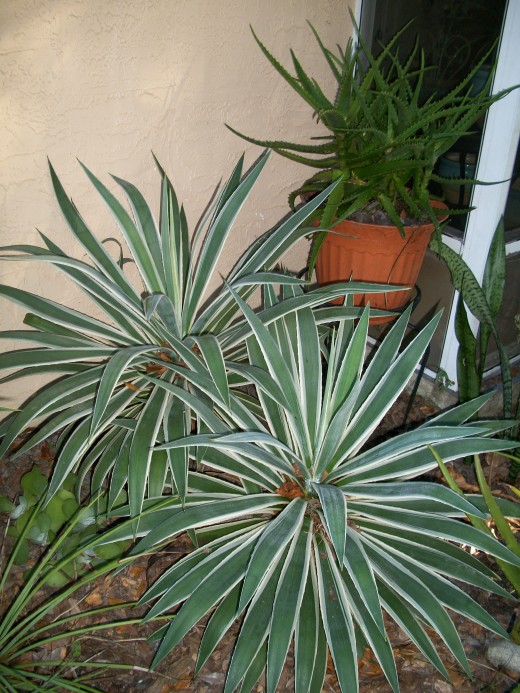
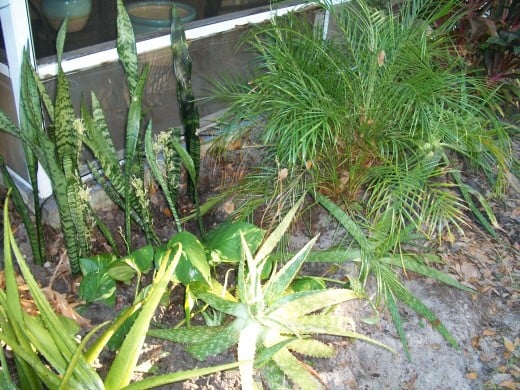
We might get 120 inches of rain a year, but we get it all in a two month period we call summer. Humidity? Think steam bath and add a few degrees. It becomes too hot (and mosquito infested) to do much work outside, so everything grows wild during this time -- and I do mean wild. Sometimes I think I can hear them grow.
How does this affect my desert plants; don't they drown? Nope. The water passes through the soil so quickly, they just take a sip and go into another growing spurt.
Problems? Fungus, mold and more plant-eating bugs than you can imagine. How do I combat the bugs? I set out saucers to catch water which attracts the thousands of geckos, anoles, skink and other lizards that eat caterpillars and such. And I leave the spiders alone. (I could write another hub about Florida spiders...)
But, come early October the nights cool off. Ahhh! Then it's time to clean up the chaos of the growing season.
The cool of the forest
While the west side of my yard receives sun enough for desert plants, most of my yard is shaded by the oaks of my garden and the forest surrounding us, making the area ideal for duplicating a forest floor -- albeit a civilized one.
Unable to grow flowers, I utilize greenery for color: differing textures, forms and hues. I had it in mind to keep everything in its place, all nice and neat, but Mother Nature had other plans. During the hot, humid rainy season, the plants ran amok and come fall, when I inspected the result, I liked it, liked it a lot. So my garden looks like a rain forest; well it is.
Come for a stroll.
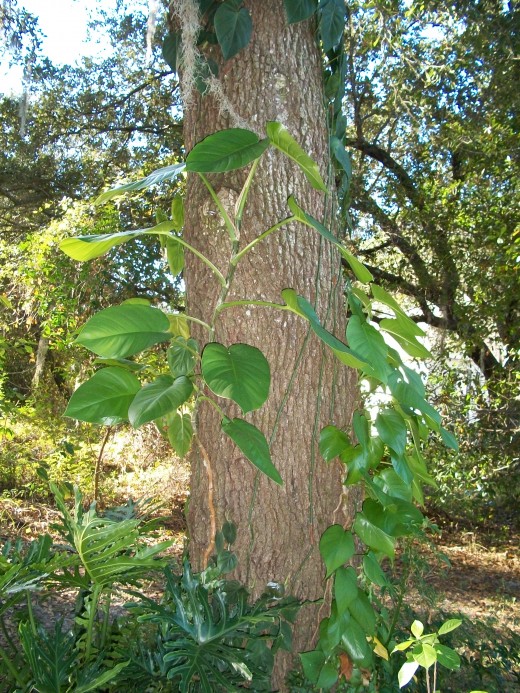
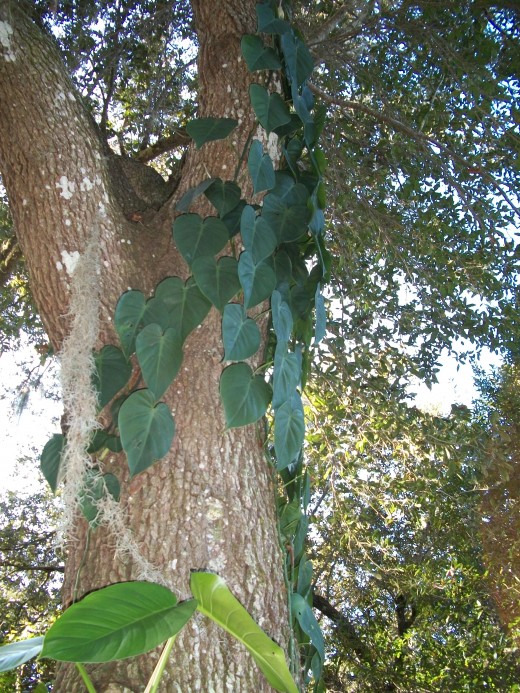
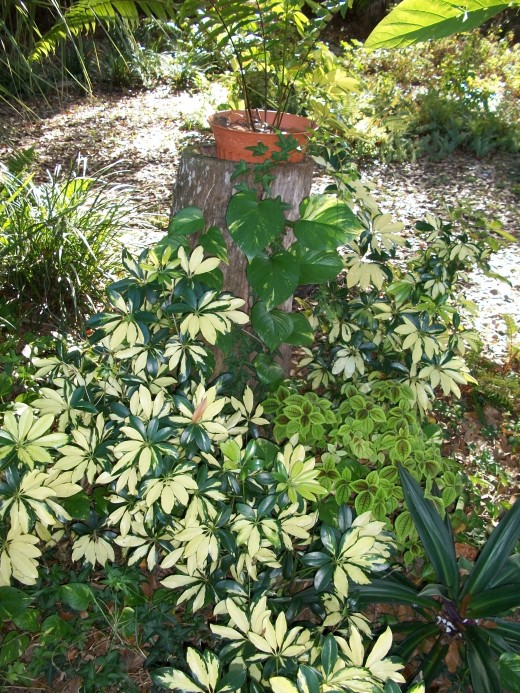
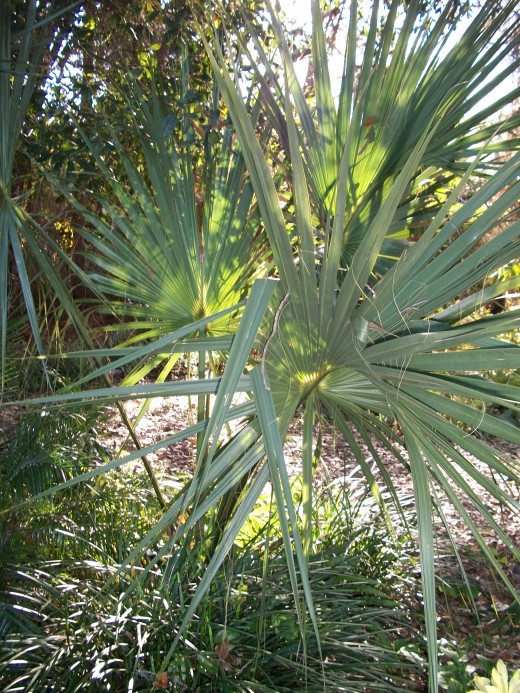
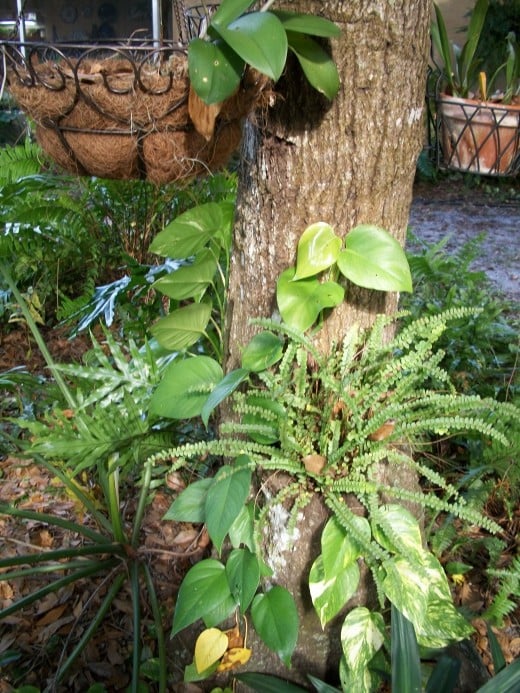
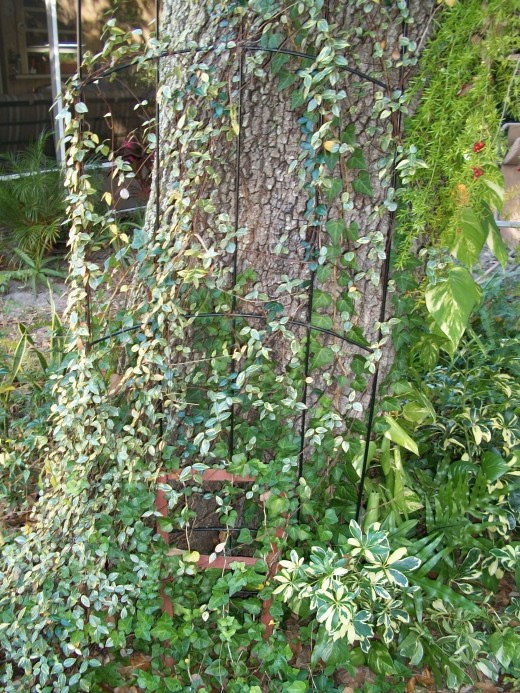
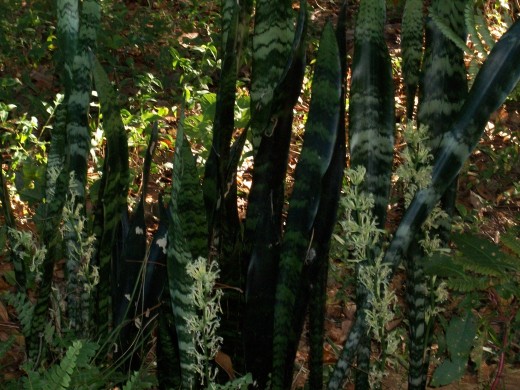
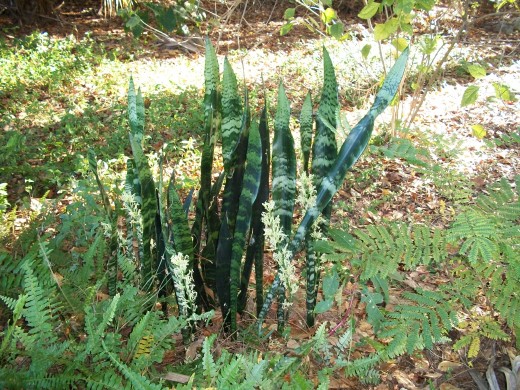
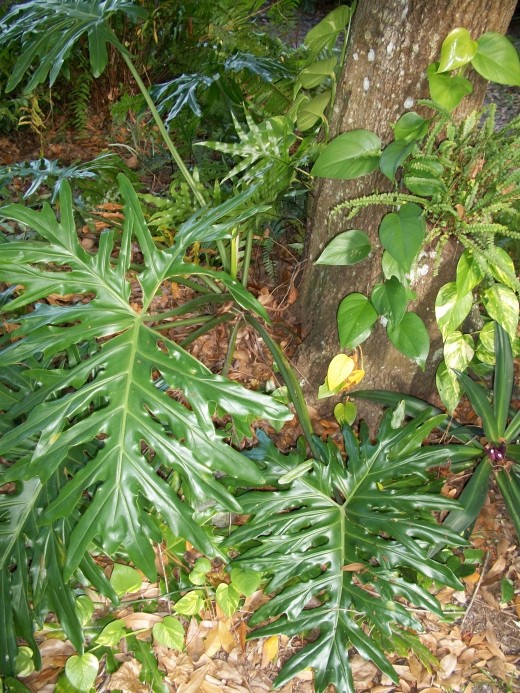
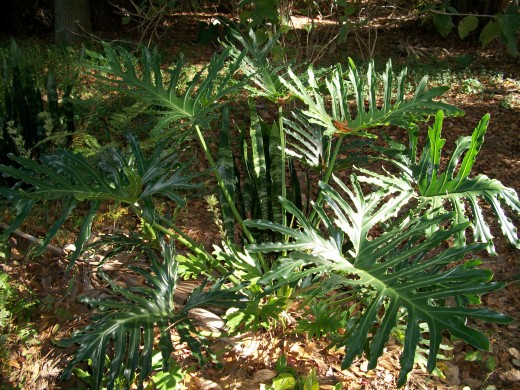
Ferns and the forest floor
By far, my favorite plant for the shade is the fern. Delicate looking but hardy as any thistle, once established they are impossible to eradicate -- not that I want to. I once wrote a hub about my pet ferns.
I can't grow grass back here, so if the ferns want to take over, that's fine with me. Rain, drought, heat, cold, they don't mind. They're happy feeding off the leaf litter. I have a Boston fern that has claimed an area of ten square feet, carpeting the ground with their ruffled fronds. A macho fern (my favorite) is a mound six feet squared and three feet high, even after I divided it several times and planted its offspring in other areas.
I like to take a daughter clump from the mother plant and place it in a pot for a while. When it outgrows the pot, into the ground and I select another.
Come take a look.
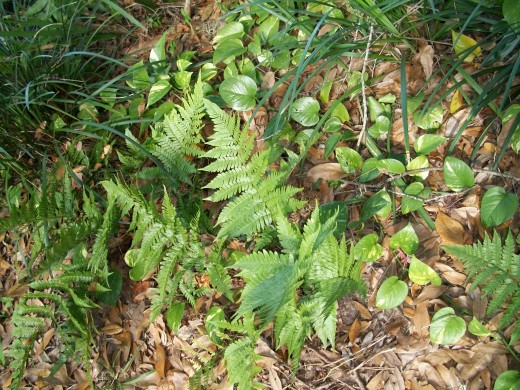
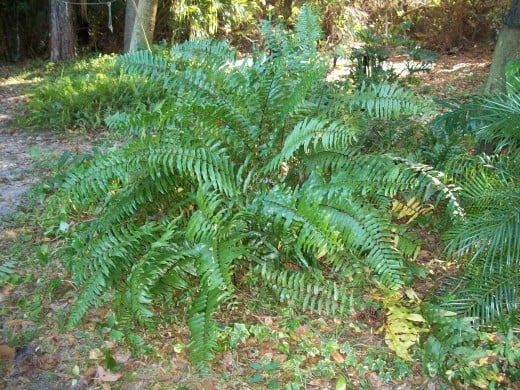
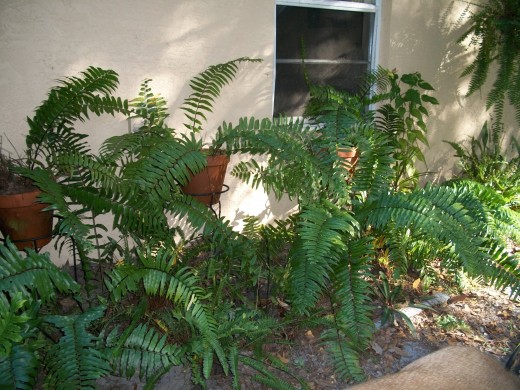
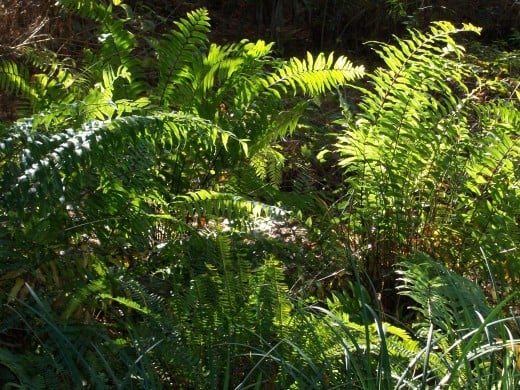
Only three days to Christmas, you say?
Hard to believe when I'm sweating in the heat and pulling weeds. But just so you know, Christmas is evident in the garden, too.
Plants I received as gifts of Christmas past (three so far in Florida) found their way to the garden as well.
Want to see them?
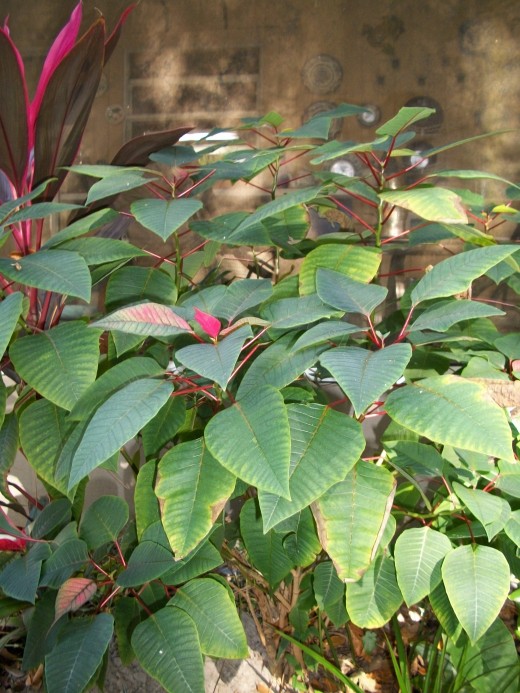
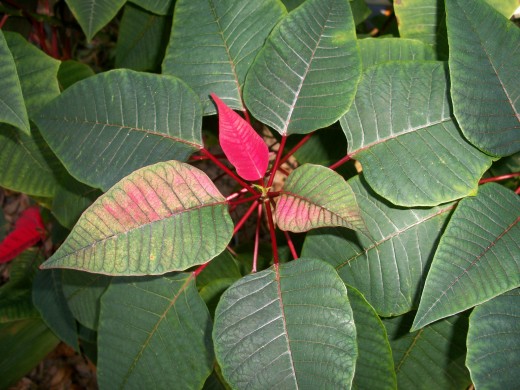
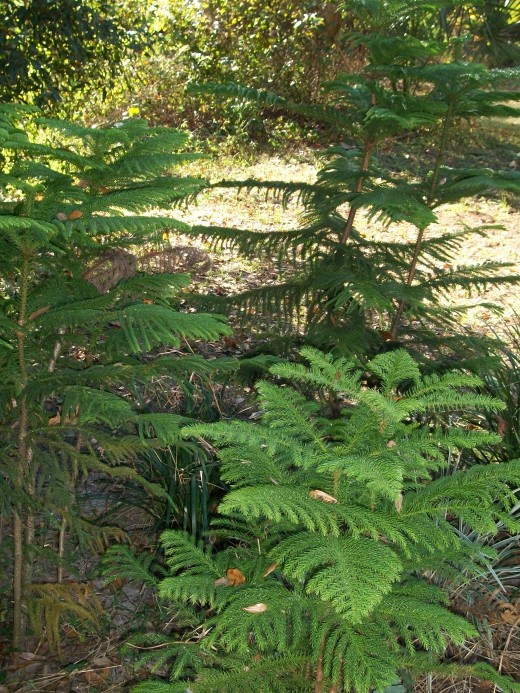
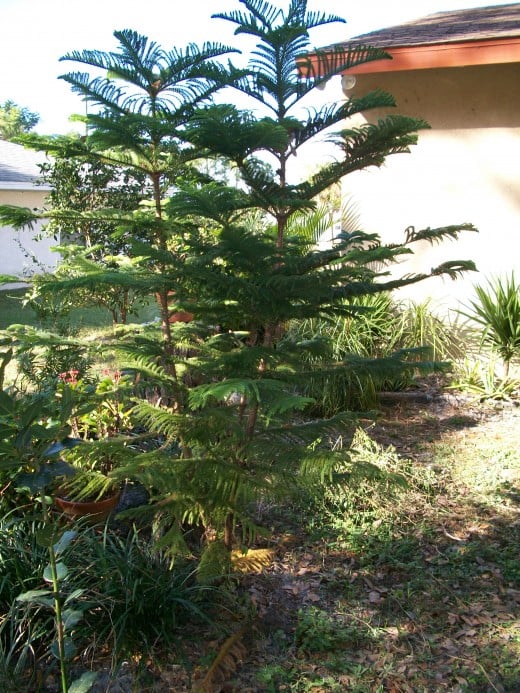
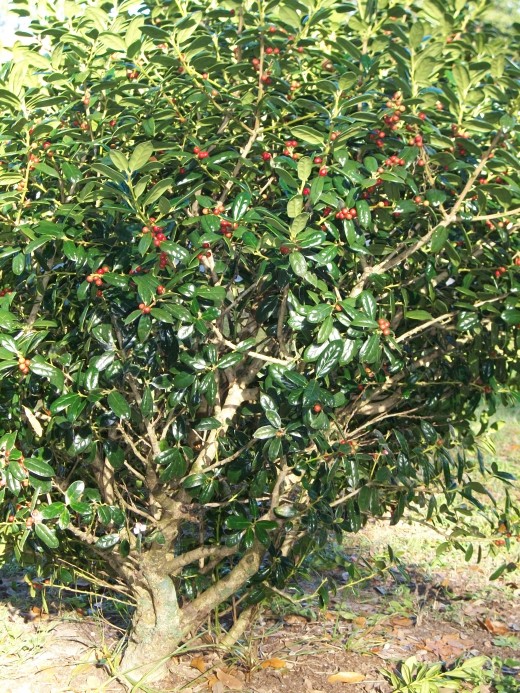
The Wild Beauty Around Me
I've been so busy showing you the beauty of my planted specimens, I've neglected the backdrop. And let me tell you, what makes my garden is the untamed woods around it. I'm very fortunate to be surrounded by vacant lots, and if it was in my power to do so, I'd buy them all to preserve them as they are.
The current trend in Florida construction is to remove everything from the lot and build. It makes me want to cry. The woods around me are made up of ancient oaks, tall thin Loblolly pine, cabbage palms and palmettos. If I take a walk (thanks to my dogs who've made paths in through the wilderness) within ten feet I can find beautiful epiphytes in the branches, long cactii, beauty berry (aptly named) and flowers. You wouldn't believe the wild flowers.
We are lucky our house was built twenty years ago when contractors kept the best of the trees intact. Oh, how we take Nature's bounty so for granted, something to be removed for efficiency and profit, an enemy, a foe...
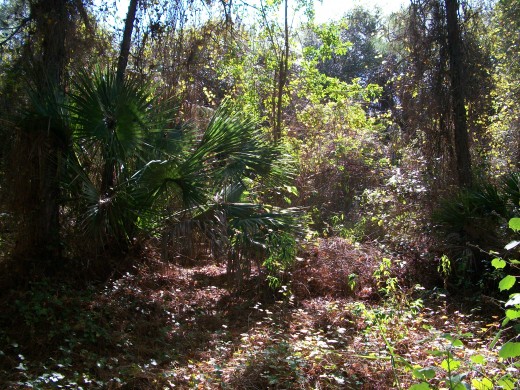
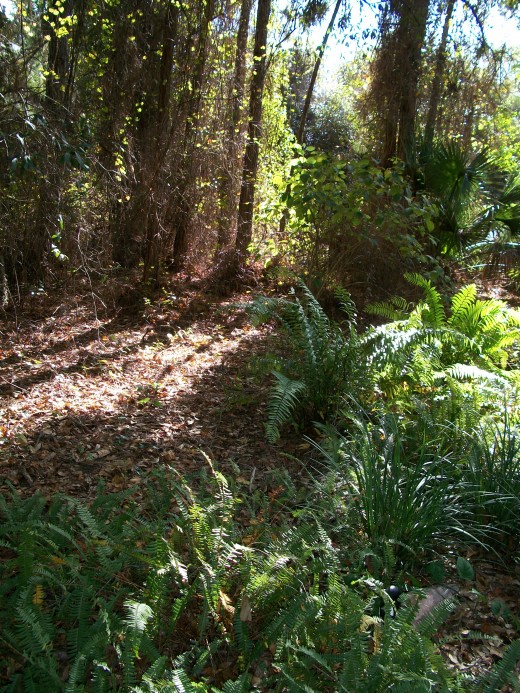
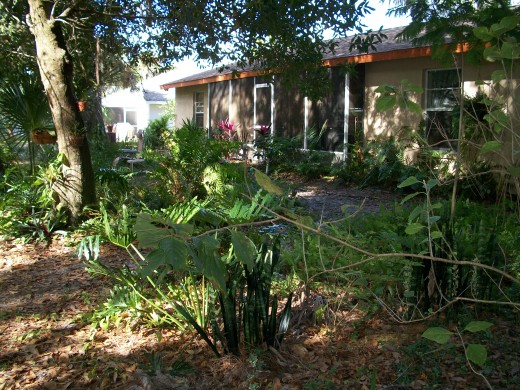
Friends in the garden
No hub about my garden would be complete without showing you my friends who sit patiently wherever I'm working and keep watch over me.
Many of you will remember Dick, my old mastiff, star of his own hubs. Sadly, he passed away. But, good news: one of his granddaughters, Elinore came to live with me when her family lost their home and couldn't keep her anymore.
Here she is, and just like her grandfather, she follows me about, never more than six feet away from me and ready to bark and growl at any perceived menace: a bird in the bush making a racket, a falling palm frond that sounds like something is there, the neighbors, the cat from across the street... Did I mention she inherited her Grandpa's innate cowardice? Yes, she barks and growls and then runs away to the back door. "Let me in; let me in; let me in before it hurts me."
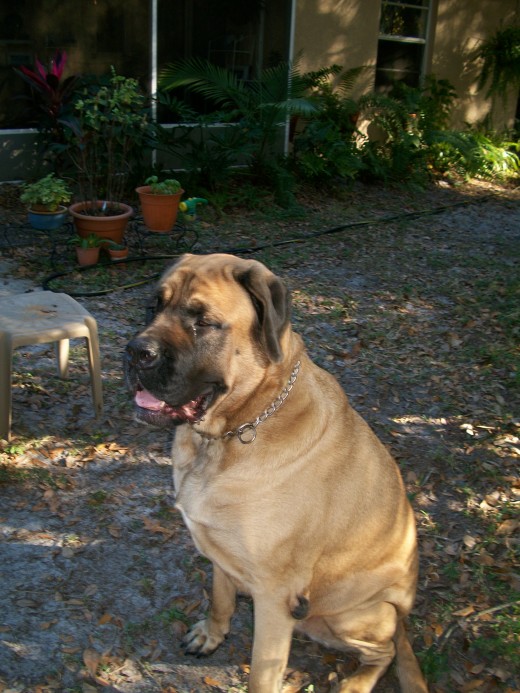
Bye now! Y'all come again.
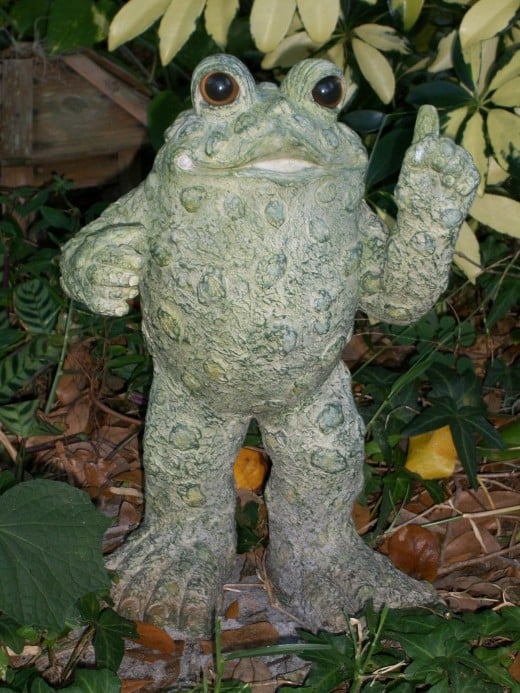
Thank you for the visit
Thank you for sharing this wonderful Winter Solstice with me. I hope you enjoyed this visit to Florida, and if you're busy scraping ice off your windshield and shoveling snow, my heart bleeds for you.
Best of the season to everyone. May your days be merry and bright, and may all your Christmases be green.
-- Lynda M Martin, December 22, 2011
Resources for information on Florida gardening
- All about Florida gardening, Florida plants and Florida landscape - FloridaGardener, is your source
FloridaGardener.com is a temperate, tropical & subtropical plant and garden site for the new to Florida gardener, amateur gardener and master gardener. - Florida Gardens and Gardening
Florida gardens and gardening. With an excellent index of Florida plants. - Florida gardening forum
An excellent site for Florida gardeners, with links to many other resources.

